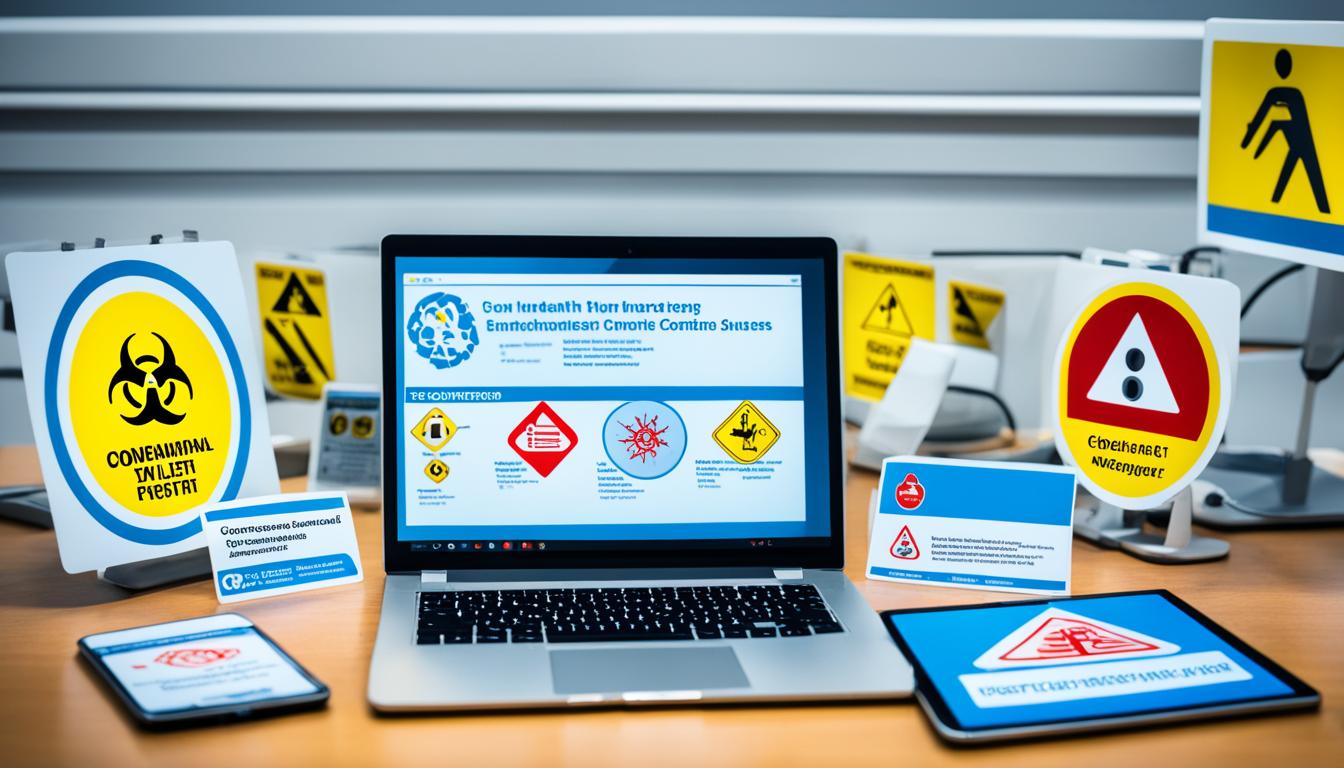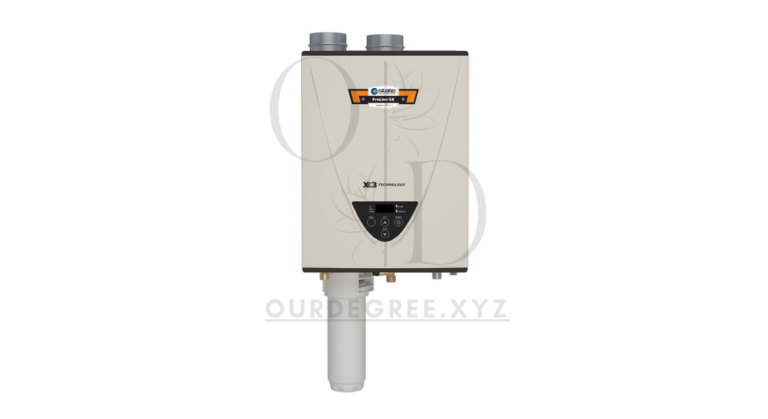
Public health alerts are key to keeping communities safe and informed. They come from trusted sources like the CDC and local health departments. These alerts cover important health topics. For example, recent alerts in Oregon warned people about bad air quality due to wildfires.
This bad air quality can harm your health. So, people were told to stay indoors and protect their lungs. Alerts like these are crucial in emergencies. They help people know how to stay safe from health threats.
Key Takeaways
- Public health alerts keep communities informed about health risks.
- Health advisories help mitigate the impact of threats like wildfires.
- Emergency health notifications guide public response during crises.
- Timely updates can prevent serious health issues within communities.
- Staying indoors is crucial during air quality alerts for vulnerable populations.
Understanding the Importance of Public Health Alerts
Public health alerts are key to keeping communities safe. They give timely info to stop diseases from spreading. These alerts are like health advisory tools. They tell people about health risks and what steps to take.
They help make communities stronger and more aware of health dangers.
Role in Community Safety
When a health threat pops up, like a disease outbreak, public health alerts act fast. They tell people about the risks and what to do, like getting vaccinated or washing hands. These public safety alerts for health do more than just warn. They make people ready and alert, helping them stay on top of health issues.
Impact on Public Behavior
Public health alerts change how people act when it comes to health advice. For example, getting community health updates on risks makes people more likely to follow health advice. This can lead to more people getting vaccinated, following safety rules, and looking after their health. This is good for everyone’s health.
Types of Public Health Alerts
Public health alerts are key for sharing important info during health crises. They come in two main types: emergency health notifications and pandemic alerts. Each type deals with different situations that need quick action from the public.
Emergency Health Notifications
Emergency health notifications happen fast, often because of sudden health threats. These threats can be many things like chemical spills, food illnesses, or natural disasters. People need to act quickly to keep safe and protect others.
These alerts usually tell you:
- How to stay safe or leave an area.
- What kind of health threat it is.
- How to lower your risk.
Pandemic Alerts
Pandemic alerts are for big outbreaks of diseases like flu or COVID-19. They tell people about important facts, like how fast the disease is spreading and how to get vaccinated. It’s important for everyone to work together during these times.
Alerts during pandemics cover:
- How fast the disease is spreading.
- Options for getting vaccinated or treated.
- Steps to stop the disease from spreading, like washing hands.
How Public Health Alerts Are Disseminated
Public health alerts need to be delivered well to reach everyone. This means using different ways to share information. It’s important to get the message out fast and clear.
Alert Systems for Public Health
Alert systems for public health work to tell people quickly and well in health crises. They use a mix of:
- Text messages for fast updates
- Emails with more detailed info
- Social media to reach more people
- Local news to make sure everyone can hear
Using many ways to share alerts helps make sure everyone gets the message. This makes the community well-informed.
Community Engagement Strategies
Getting the community involved makes public health alerts work better. Health groups can try different things, like:
- Info sessions to teach people about health risks
- Materials that are easy to understand and reach everyone
- Working with local leaders to spread the word
When tech and personal touch come together, they make people aware and ready to act. This mix of alert systems and community effort helps people take action on health alerts.
Case Studies: Successful Public Health Alerts
Public health alerts have a big impact on managing health risks. They show how alerts help during disease outbreaks and health crises. By looking at specific cases, we see how these alerts guide communities and increase awareness.
Disease Outbreak Notifications
When diseases spread quickly, public health alerts are key. For instance, alerts about measles outbreaks gave people important info on vaccines and risks. These alerts told the public about the dangers and why vaccines are crucial, leading to more people getting vaccinated.
Health Crisis Updates during Natural Disasters
Natural disasters bring health risks of their own. Alerts during these events tell people about dangers like contaminated water or diseases in shelters. These updates help communities stay safe by giving them the right information to act.
Conclusion
Public health alerts are key to keeping communities safe and healthy. They help us get ready for health risks and deal with emergencies. By sharing important health news, we can make smart choices during health crises.
As health threats change, it’s crucial for communities to keep up with health advisories. This helps everyone understand the risks better and work together to lessen their effects. Leaders must make sure everyone gets important health alerts quickly.
Keeping up with public health alerts is crucial for our health. By supporting these efforts, we help make our society healthier and more informed. We stay alert to new health challenges together.



